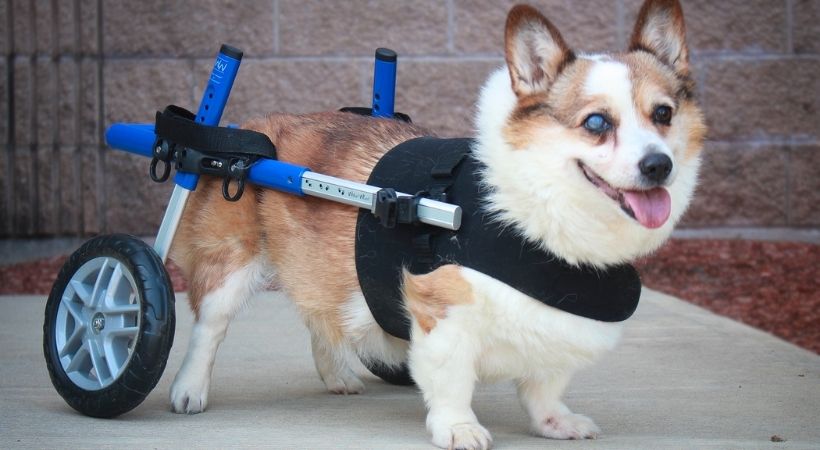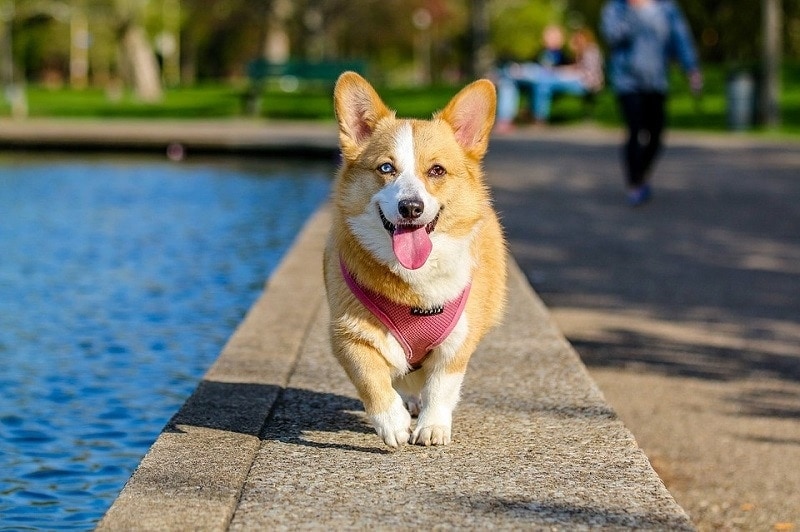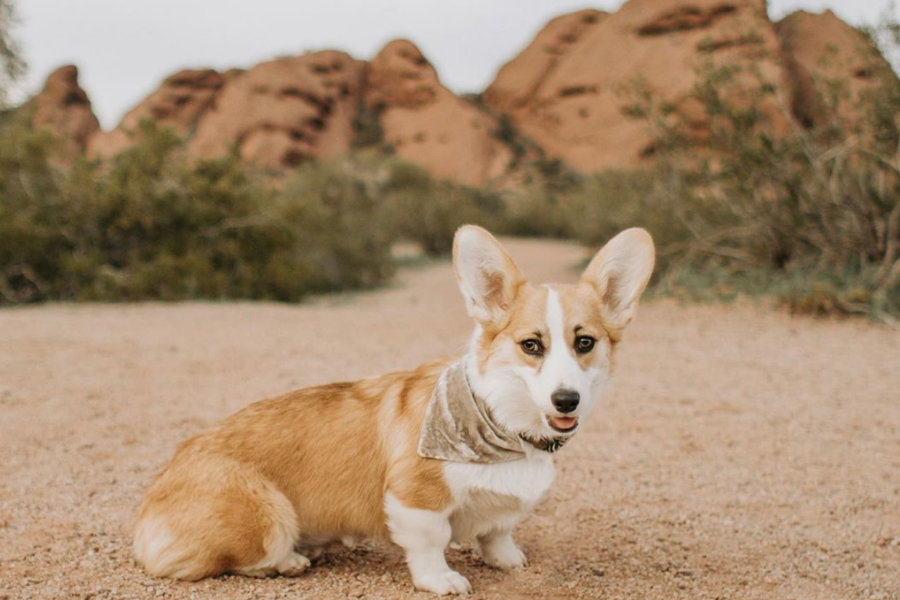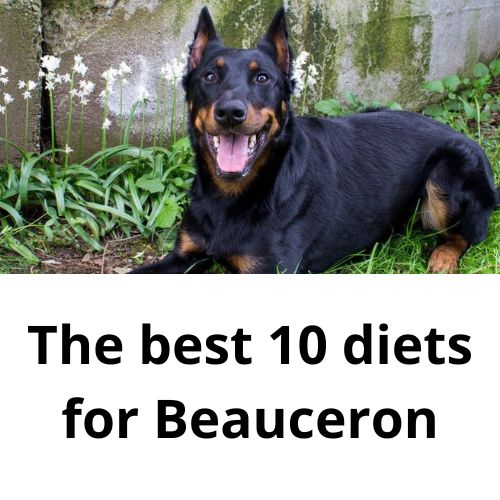-
Table of Contents
“When my dog grows up, his coat will shine with health and vitality!”
Introduction
When my dog is an adult, his skin and coat look different from when he was a puppy. His fur is thicker and longer, and his skin is darker and tougher. He may also have some wrinkles around his eyes and mouth. His coat may also be a different color than when he was a puppy. All of these changes are normal and are part of the natural aging process for dogs. In this article, we will discuss the changes that occur in a dog’s skin and coat as they age, and how to care for them properly.
How to Care for Your Dog’s Skin and Coat as He Ages
As your dog ages, it is important to pay special attention to his skin and coat. Proper care can help keep your pet healthy and comfortable as he gets older. Here are some tips for caring for your dog’s skin and coat as he ages.
1. Regular Grooming: Regular grooming is essential for keeping your dog’s skin and coat healthy. Brush your dog’s coat at least once a week to remove dirt and debris, and to help distribute natural oils throughout the coat. If your dog has long hair, consider having him professionally groomed every few months.
2. Bathing: Bathing your dog regularly is important for keeping his skin and coat healthy. Use a mild shampoo specifically designed for dogs, and avoid using human shampoos, which can be too harsh for your pet’s skin. Be sure to rinse your dog thoroughly after bathing to remove all traces of shampoo.
3. Diet: A healthy diet is essential for keeping your dog’s skin and coat healthy. Feed your dog a balanced diet that is rich in essential fatty acids, such as omega-3 and omega-6. These fatty acids help keep your dog’s skin and coat healthy and hydrated.
4. Supplements: Consider adding supplements to your dog’s diet to help keep his skin and coat healthy. Omega-3 and omega-6 supplements are available in liquid or capsule form, and can help keep your dog’s skin and coat healthy.
5. Allergies: As your dog ages, he may become more prone to allergies. If your dog is showing signs of allergies, such as itching, redness, or hair loss, consult your veterinarian. Your vet can help diagnose the cause of the allergy and recommend treatment options.
By following these tips, you can help keep your dog’s skin and coat healthy as he ages. Regular grooming, bathing, and a healthy diet are essential for keeping your pet’s skin and coat healthy. Additionally, supplements and allergy treatments can help keep your dog comfortable and healthy as he gets older.
Common Skin and Coat Changes in Adult Dogs
As dogs age, their skin and coat can undergo changes that may be concerning to pet owners. Common skin and coat changes in adult dogs include thinning fur, greying fur, dry skin, and increased shedding.
Thinning fur is a common sign of aging in dogs. As dogs age, their fur may become thinner and less dense. This is due to a decrease in the production of oils that help keep the fur healthy and hydrated.
Greying fur is another common sign of aging in dogs. As dogs age, their fur may become lighter in color, with some areas turning grey. This is due to a decrease in the production of melanin, the pigment that gives fur its color.
Dry skin is another common skin and coat change in adult dogs. As dogs age, their skin may become dry and flaky due to a decrease in the production of natural oils. This can lead to itching and discomfort.
Increased shedding is another common skin and coat change in adult dogs. As dogs age, their fur may become more brittle and prone to shedding. This is due to a decrease in the production of natural oils that help keep the fur healthy and hydrated.
It is important to note that these skin and coat changes are normal and should not be cause for alarm. However, if you notice any changes in your dog’s skin or coat, it is important to consult your veterinarian to rule out any underlying medical conditions.
The Benefits of Regular Grooming for Your Adult Dog
Regular grooming is an important part of caring for your adult dog. Not only does it help keep your pet looking and feeling their best, but it also provides numerous health benefits. Here are some of the advantages of regular grooming for your adult dog.
First, regular grooming helps to keep your dog’s coat and skin healthy. Brushing and combing your dog’s fur helps to remove dirt, debris, and dead hair, which can cause skin irritation and infection. Additionally, regular grooming can help to reduce shedding, which can help to keep your home clean and free of pet hair.
Second, regular grooming can help to detect any potential health issues. During a grooming session, you can check for any lumps, bumps, or other abnormalities that may indicate a health problem. Additionally, regular grooming can help to identify any parasites, such as fleas or ticks, that may be present on your pet.
Third, regular grooming can help to reduce stress and anxiety in your pet. Grooming can be a calming and soothing experience for your dog, and it can help to reduce their stress levels. Additionally, regular grooming can help to strengthen the bond between you and your pet, as it provides an opportunity for you to spend quality time together.
Finally, regular grooming can help to keep your pet looking their best. Regular brushing and combing can help to keep your pet’s coat looking shiny and healthy, and it can help to reduce the amount of shedding. Additionally, regular grooming can help to keep your pet’s nails trimmed and their teeth clean, which can help to prevent any potential health issues.
In conclusion, regular grooming is an important part of caring for your adult dog. Not only does it help to keep your pet looking and feeling their best, but it also provides numerous health benefits. Regular grooming can help to keep your pet’s coat and skin healthy, detect any potential health issues, reduce stress and anxiety, and keep your pet looking their best.
How to Spot Skin and Coat Problems in Your Adult Dog
As a pet owner, it is important to be aware of any changes in your adult dog’s skin and coat. These changes can be indicative of underlying health issues, and should be addressed as soon as possible. Here are some tips to help you spot skin and coat problems in your adult dog.
First, look for any changes in the texture or color of your dog’s coat. If the coat appears dull or dry, or if there are any patches of discoloration, this could be a sign of a skin or coat problem. Additionally, check for any lumps, bumps, or scabs on the skin. These can be indicative of parasites, allergies, or other skin conditions.
Next, pay attention to any changes in your dog’s behavior. If your dog is scratching or licking excessively, this could be a sign of an underlying skin issue. Additionally, look for any signs of hair loss or bald patches. This could be a sign of mange, a skin condition caused by mites.
Finally, check for any signs of infection. If your dog’s skin is red, inflamed, or has a foul odor, this could be a sign of an infection. Additionally, look for any signs of discharge from the skin, such as pus or scabs.
If you notice any of these signs, it is important to take your dog to the vet as soon as possible. Your vet can diagnose the underlying cause of the skin and coat problem and provide the appropriate treatment. By being aware of any changes in your dog’s skin and coat, you can help ensure your pet’s health and wellbeing.
The Best Diet for Healthy Skin and Coat in Adult Dogs
A healthy diet is essential for maintaining a healthy skin and coat in adult dogs. Proper nutrition helps to ensure that your dog’s skin and coat remain healthy and strong. Here are some tips for providing your adult dog with the best diet for healthy skin and coat.
First, make sure that your dog’s diet is balanced and contains all the essential nutrients. This includes proteins, fats, carbohydrates, vitamins, minerals, and water. A balanced diet should include a variety of foods, such as lean meats, fish, eggs, vegetables, and fruits.
Second, provide your dog with a high-quality source of protein. Protein is essential for healthy skin and coat, as it helps to build and maintain muscle mass. Good sources of protein include lean meats, fish, eggs, and legumes.
Third, make sure that your dog’s diet contains healthy fats. Healthy fats are important for providing energy and helping to keep the skin and coat healthy. Good sources of healthy fats include fish oil, flaxseed oil, and coconut oil.
Fourth, provide your dog with a variety of vitamins and minerals. Vitamins and minerals are essential for healthy skin and coat, as they help to promote cell growth and repair. Good sources of vitamins and minerals include dark leafy greens, sweet potatoes, and carrots.
Finally, make sure that your dog has access to plenty of fresh, clean water. Water helps to keep the skin and coat hydrated and helps to flush out toxins.
By following these tips, you can ensure that your adult dog has the best diet for healthy skin and coat. A balanced diet, high-quality protein, healthy fats, vitamins and minerals, and plenty of water are all essential for maintaining a healthy skin and coat.
Conclusion
In conclusion, when my dog is an adult, his skin and coat will look different due to the changes in his hormones and the natural aging process. He may have a thicker coat, a different color, and his skin may become dryer and more sensitive. Taking care of his skin and coat will be important to ensure he stays healthy and comfortable.
- Video Not Found!!
- Error Code : 404
- Message : The playlist identified with the request's
playlistIdparameter cannot be found.











